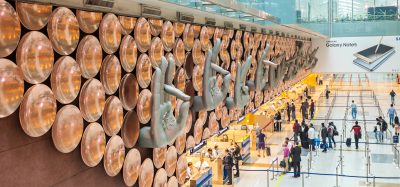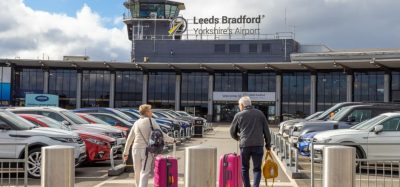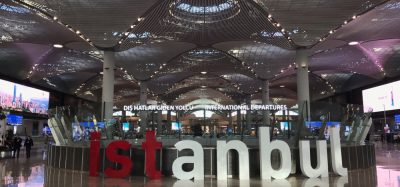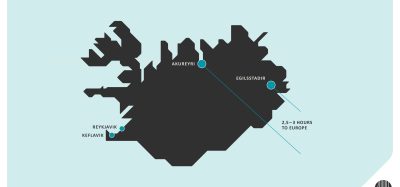Airports in Asia-Pacific and Middle East to invest $240 billion in expansion by 2035
Posted: 16 April 2025 | Gabriel Higgins | No comments yet
Asia-Pacific and Middle East airports will invest $240 billion to expand capacity, modernise infrastructure, and support future passenger and cargo growth.
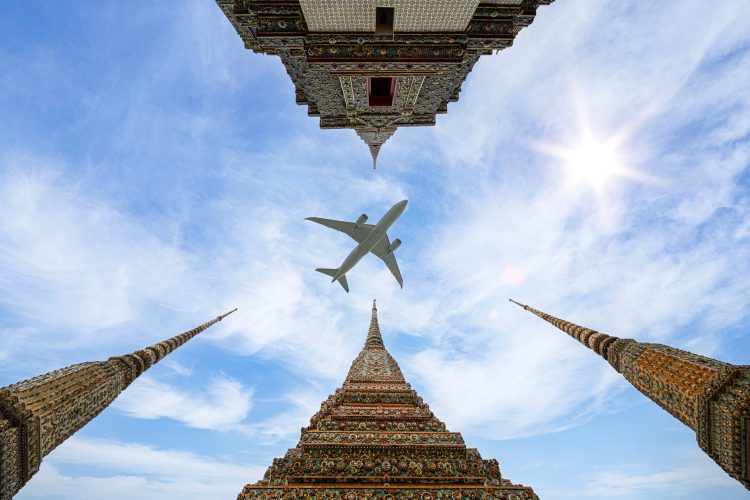

Airports in Asia-Pacific and the Middle East are set for a combined investment of US$240 billion between 2025 and 2035, targeting both the upgrade of existing facilities and construction of new airports. This was revealed by Airports Council International Asia-Pacific & Middle East (ACI APAC & MID), representing over 600 airports across 46 countries and territories.
Details on Middle East and Asia airports’ investment
A recent ACI APAC & MID survey of more than 30 key airports outlined two strategic focuses: brownfield (modernising existing infrastructure) and greenfield (new airport development). Brownfield projects will account for US$136 billion, creating capacity for 680 million additional passengers and 14 million tonnes of cargo. Greenfield projects will see US$104 billion invested to add capacity for 562 million passengers and 57 million tonnes of cargo.
The total increase—1.24 billion passengers and 71 million tonnes of cargo—is equivalent to 13 Dubai International Airports in passenger volume and 14 times Hong Kong International Airport’s cargo throughput. This growth will help meet anticipated demand in the region.
Join our free webinar: Revolutionising India’s travel experience through the Digi Yatra biometric programme.
Air travel is booming, and airports worldwide need to move passengers faster and more efficiently. Join the Digi Yatra Foundation and IDEMIA to discover how this groundbreaking initiative has already enabled over 60 million seamless domestic journeys using biometric identity management.
Date: 16 Dec | Time: 09:00 GMT
rEGISTER NOW TO SECURE YOUR SPOT
Can’t attend live? No worries – register to receive the recording post-event.
SGK Kishore, President of ACI APAC & MID, said: “The US$240 billion investment is not just about concrete and runways, it’s about socio-economic development in the region.”
Stefano Baronci, Director General of ACI APAC & MID, added: “In today’s increasingly complex economic landscape, we need the continuous support of governments to further liberalise air transportation and streamline visa policies across region.”
By 2053, airports in these regions are projected to serve nearly 11 billion passengers, up from 3.9 billion in 2024. The investment strategy remains closely aligned with market demand, ensuring sustainability and operational efficiency. Financial sustainability will also rely on balanced adjustments to airport charges to recover capital costs while remaining affordable.
Looking ahead, sustainability and digitalisation will define airport evolution—enabling reduced carbon footprints and more efficient passenger experiences. This investment marks a pivotal shift in infrastructure planning, balancing resilience, innovation, and growth across Asia-Pacific and the Middle East.
Stay Ahead in Aviation — Subscribe for Free!
Get exclusive access to the latest aviation insights from International Airport Review — all tailored to your interests.
✅ Expert-Led Webinars – Learn from industry leaders
✅ Weekly News & Reports – Airport updates, thought leadership, and exclusive interviews
✅ Event Invitations – Be part of the International Airport Summit
✅ Partner Innovations – Discover the latest industry trends
Choose the updates that matter most to you. Sign up now and stay informed, inspired, and connected — all for free!
Thank you for being part of our community. Let’s keep exploring the future of aviation together!
Stay Connected with International Airport Review — Subscribe for Free!
Get exclusive access to the latest airport and aviation industry insights from International Airport Review — tailored to your interests.
✅ Expert-Led Webinars – Gain insights from global aviation leaders
✅ Weekly News & Reports – Airport innovation, thought leadership, and industry trends
✅ Exclusive Industry Insights – Discover cutting-edge technologies shaping the future of air travel
✅ International Airport Summit – Join our flagship event to network with industry leaders and explore the latest advancements
Choose the updates that matter most to you.
Sign up now to stay informed, inspired, and connected — all for free!
Thank you for being part of our aviation community. Let’s keep shaping the future of airports together!
Related topics
Air freight and cargo, Airport construction and design, Airport development, Airside operations, Economy, Funding and finance, Innovation, Operational efficiency, Passenger experience and seamless travel, Passenger volumes, Terminal operations, Tourism, Workforce
Related airports
Dubai International Airport (DXB), Hong Kong International Airport (HKIA)
Related organisations
Airports Council International Asia-Pacific & Middle East (ACI APAC & MID)



